I went looking for quicksand yesterday afternoon — and found it.
Quicksand is quite common along the Hassayampa River in Wickenburg. The river runs mostly underground, in the sandy river bed. It comes to the surface in rocky areas, like around Box Canyon and south of town. It also flows on the surface when there’s a lot of water — like during or after a heavy rain.
It had rained earlier in the week and there was snow on the Bradshaw Mountains, where the Hassayampa has its source. The river was running too big to drive in. So we took Scenic Loop around to one of the few dirt roads that winds down to the river. We parked on a hill and hiked down to walk along the river’s edge.
One of the places quicksand likes to form is at the base of large rocks or cliffs that end in the water. The water flows downstream, hits these rocks, and makes a kind of eddy before it turns one way or the other and continues downstream. Where it makes the eddy, the sand gets soft. Very soft. There’s lots of water under it, so even though the sand looks firm on the surface, when you step into it, you’ll sink in.
I was exploring one of these areas on foot with my video camera on a monopod/walking stick. I was getting to the point where the sand was just a little soft and I stretched out my left foot to feel the next step ahead. It seemed firm enough, so I shifted my weight onto it. Bad move. I sunk in past my ankle. Thrown off balance, I put my walking stick down nearby. It also sunk in. Before I could fall forward into it, I threw myself backwards, landing on my butt in the soft, wet sand.
 For a moment, I considered panicking. Then I realized how dumb that was and inched backwards on my butt, pulling my feet and walking stick with me. After a few moves, I was on firm enough sand to get back on my feet.
For a moment, I considered panicking. Then I realized how dumb that was and inched backwards on my butt, pulling my feet and walking stick with me. After a few moves, I was on firm enough sand to get back on my feet.
Right after my incident, Jack the Dog wandered into the same spot, chasing a bee. He reacted quickly and managed to get out without assistance — he’s been in quicksand before — but it was interesting to see the sand shift and recover its innocent appearance after he’d escaped.
The photo here was taken when we got home. My left foot is still wet and sandy; my right foot is dry and clean. Sorry — no photos of my sandy, wet butt.
Quicksand is a serious thing along the river and not to be taken lightly. If a vehicle drives into it, it can quickly be sucked down to the point where it can’t be pulled out.
As for the dry quicksand of television and movies — I don’t think it exists. This stuff is wet and clingy and sticks with you until you change your clothes.

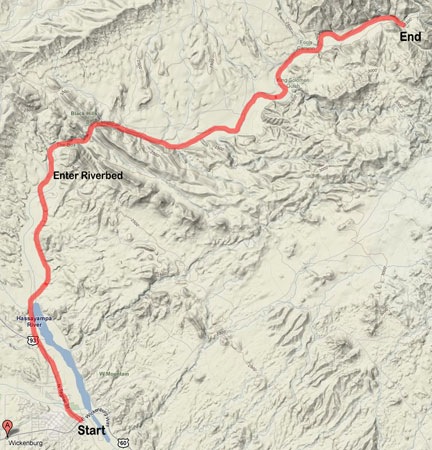
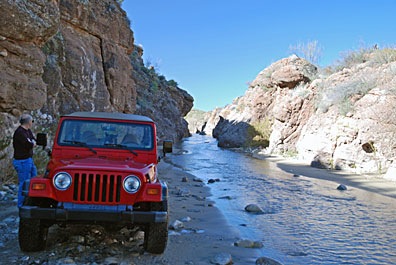 We made a few brief stops. Box Canyon was one of them. But there were motorcycles there with loud engines and we didn’t stay long. Instead, we continued upstream, into the narrow slot canyon. The water flowed from wall to wall within the canyon and I had the windshield wipers going as I slipped around in the soft sand. We stopped for a moment to take a photo of the way we’d come.
We made a few brief stops. Box Canyon was one of them. But there were motorcycles there with loud engines and we didn’t stay long. Instead, we continued upstream, into the narrow slot canyon. The water flowed from wall to wall within the canyon and I had the windshield wipers going as I slipped around in the soft sand. We stopped for a moment to take a photo of the way we’d come.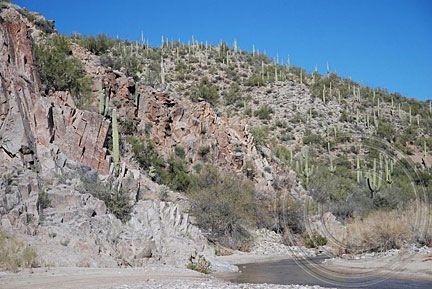
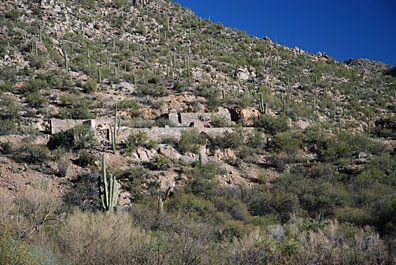 We continued on. The river was flowing through a canyon, but the way was still passable. We soon saw the remains of a mine site on the right side of the hill. We turned the Jeep into a promising canyon where other vehicles had driven but soon reached a dead end where rocks blocked our way. We parked, got out, and hiked up the hill.
We continued on. The river was flowing through a canyon, but the way was still passable. We soon saw the remains of a mine site on the right side of the hill. We turned the Jeep into a promising canyon where other vehicles had driven but soon reached a dead end where rocks blocked our way. We parked, got out, and hiked up the hill.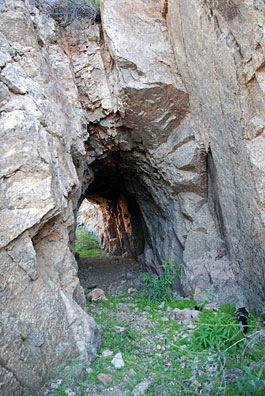 Following a narrow path for a better view down into the river, I came across a tunnel carved into the solid granite at the side of the hill. We passed through and continued onto the other side.
Following a narrow path for a better view down into the river, I came across a tunnel carved into the solid granite at the side of the hill. We passed through and continued onto the other side.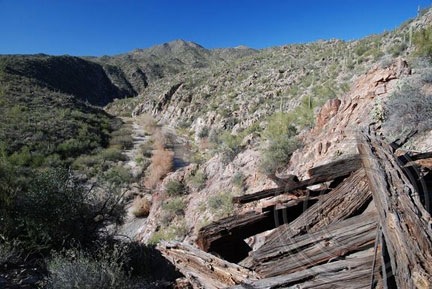
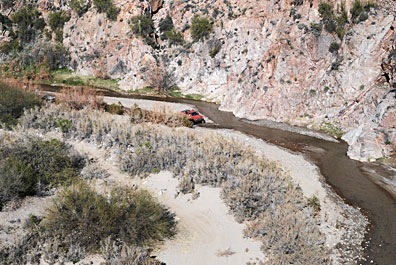 As we admired the view, we heard the sound of a vehicle. Down in the riverbed, a truck was driving downstream. It stopped only long enough for the driver to point out a mine shaft to his passenger, then continued on down the river. I don’t think they saw us or our Jeep.
As we admired the view, we heard the sound of a vehicle. Down in the riverbed, a truck was driving downstream. It stopped only long enough for the driver to point out a mine shaft to his passenger, then continued on down the river. I don’t think they saw us or our Jeep.

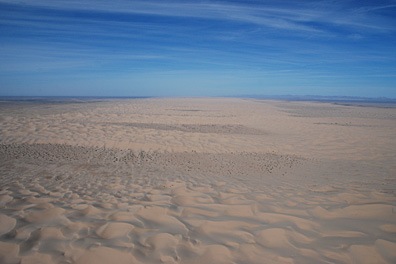
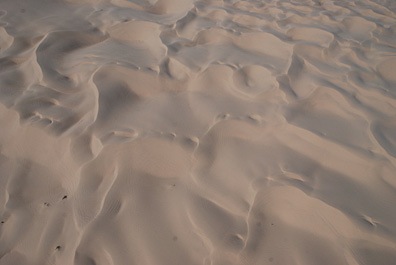
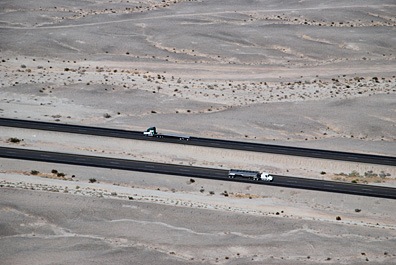
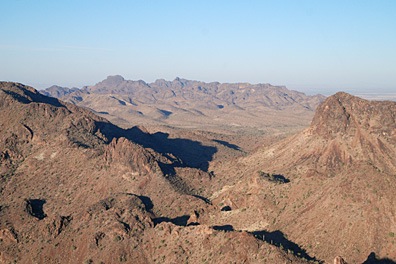
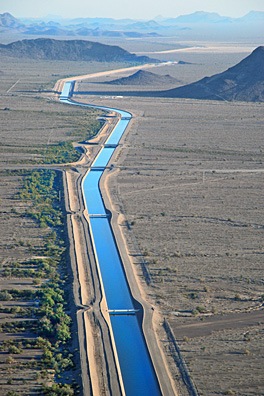
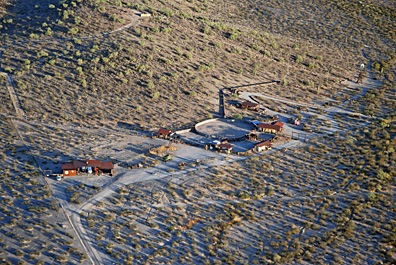


 A close-up of the seeds reveals tiny imperfections and cracks. But don’t let the cracks fool you. These seeds are as hard as tiny rocks. That makes them difficult to germinate. So despite the fact that hundreds of them drop in our front yard each autumn, we’ve only had two plants sprout from seeds.
A close-up of the seeds reveals tiny imperfections and cracks. But don’t let the cracks fool you. These seeds are as hard as tiny rocks. That makes them difficult to germinate. So despite the fact that hundreds of them drop in our front yard each autumn, we’ve only had two plants sprout from seeds.